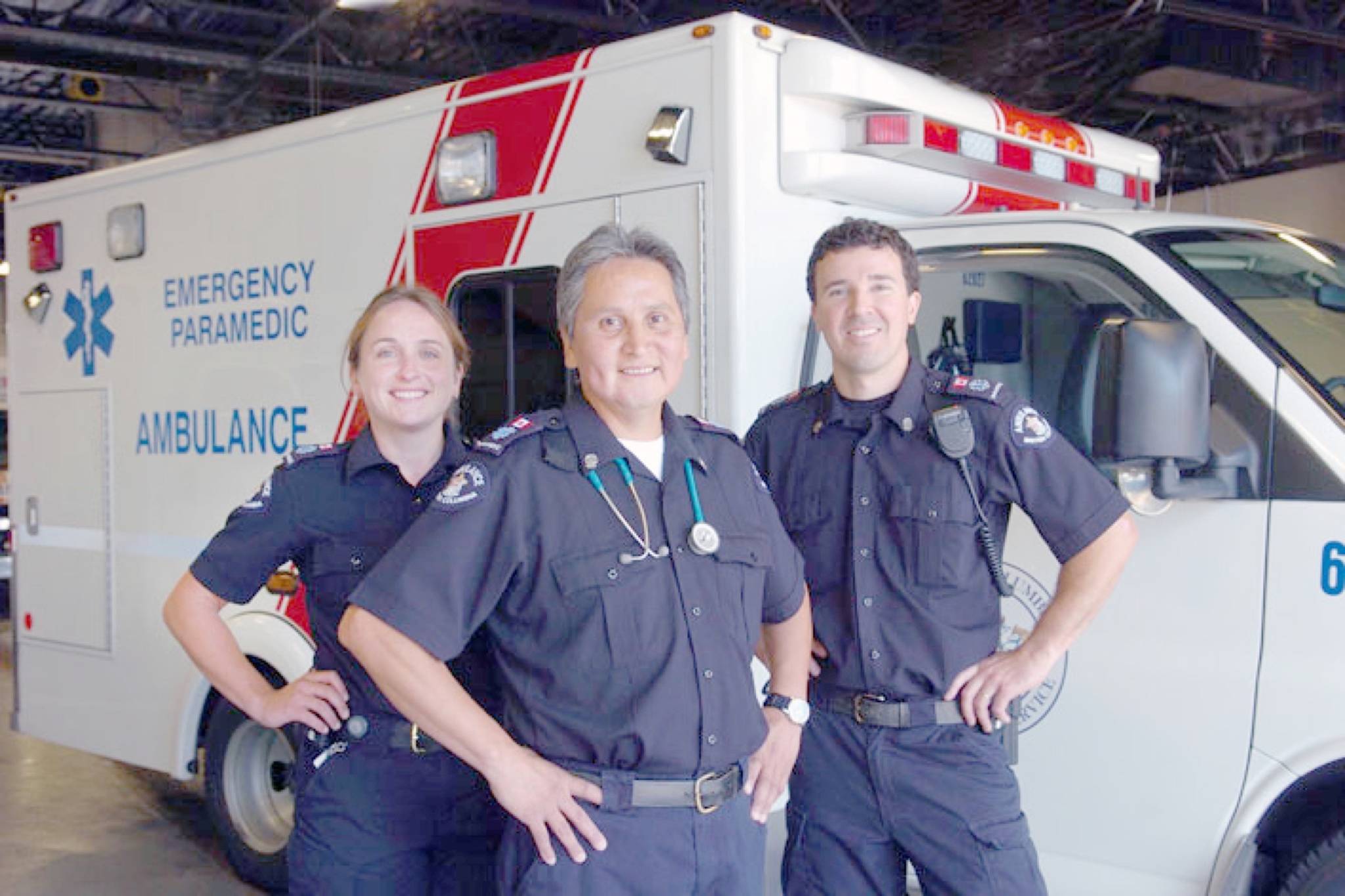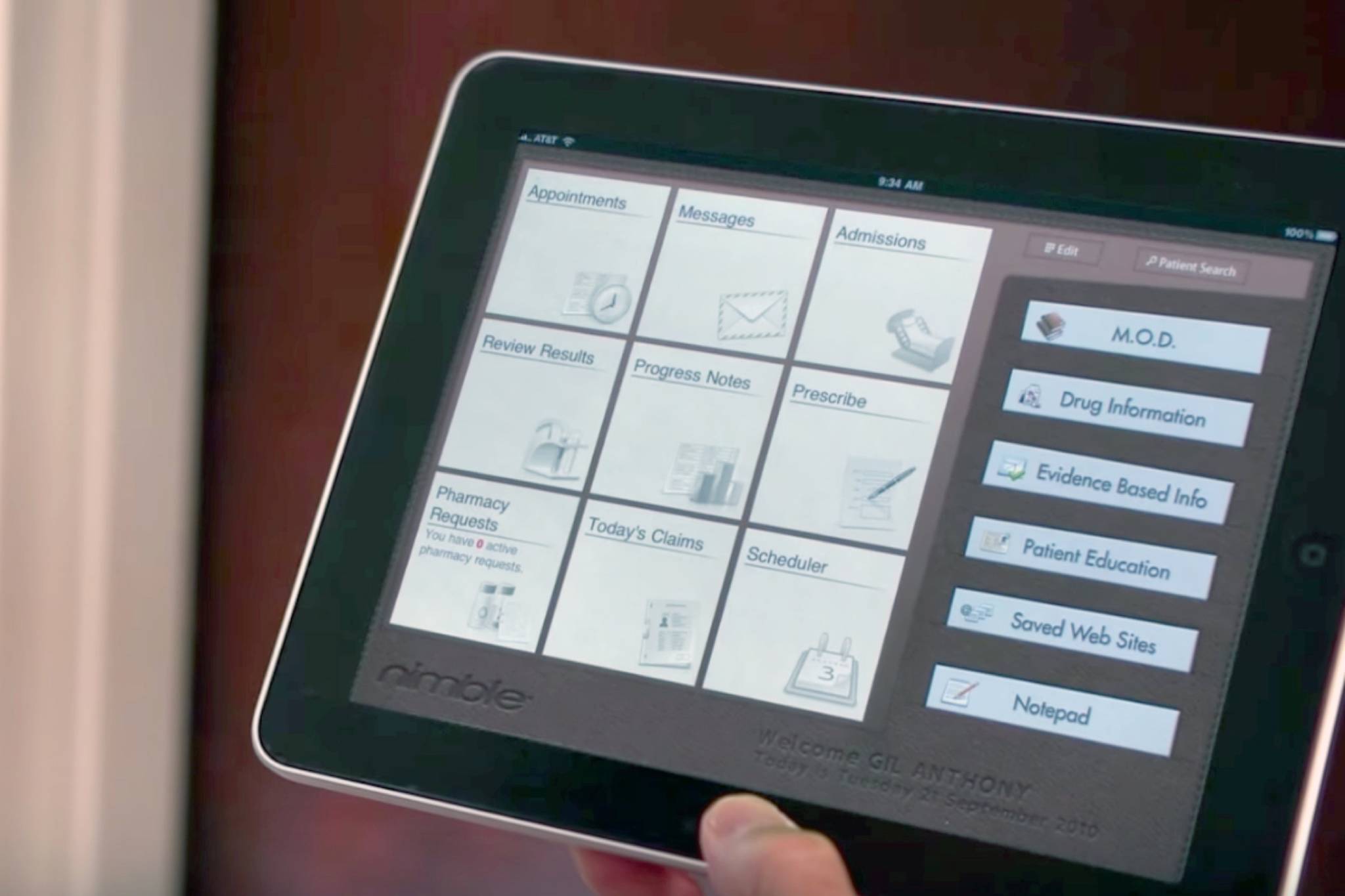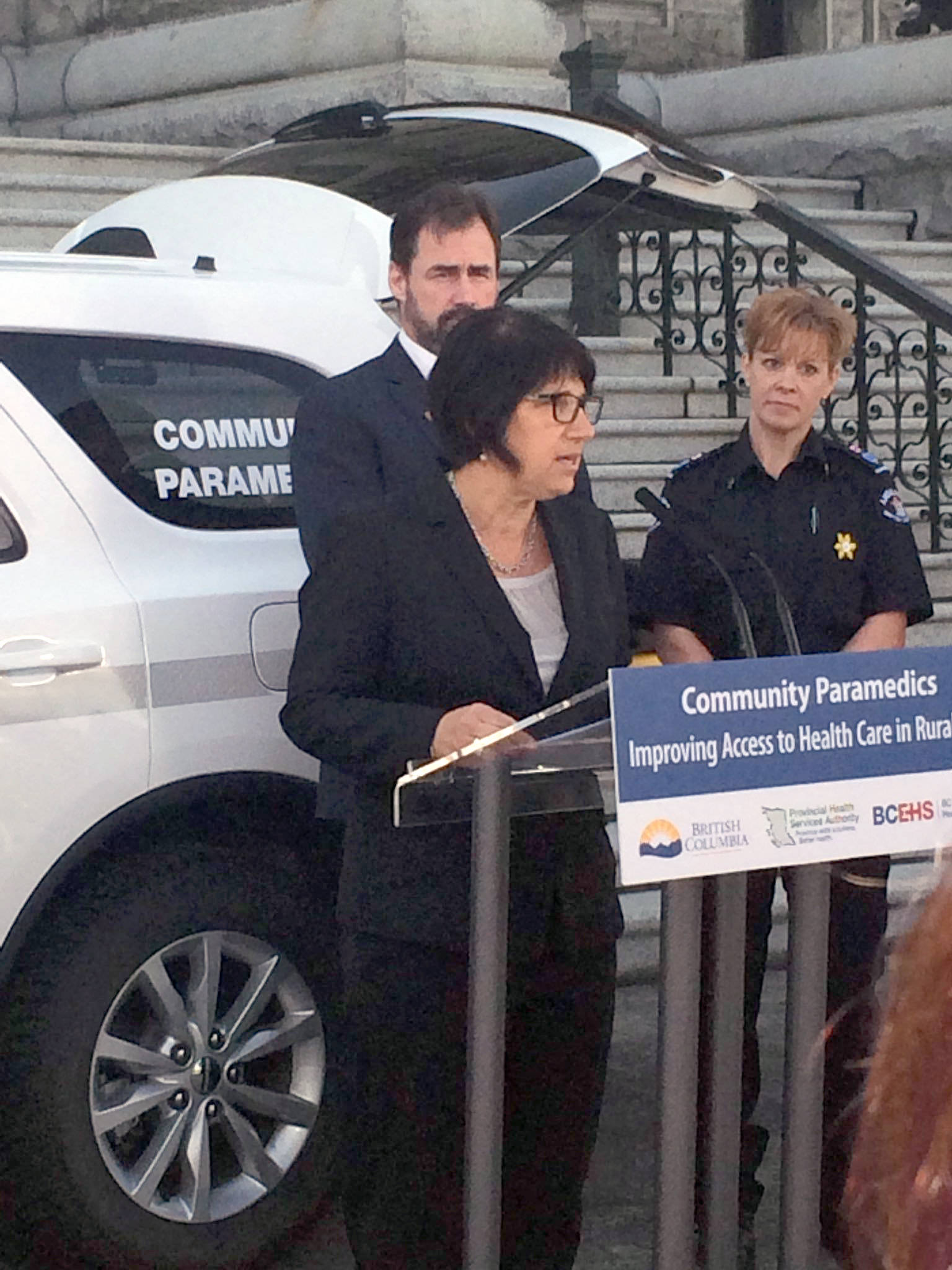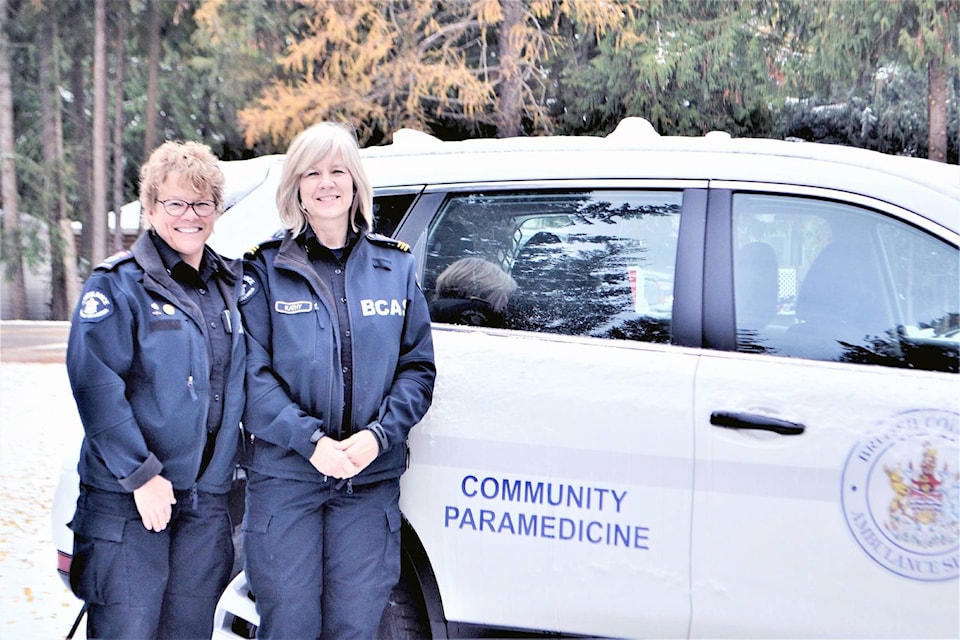Sixth in a series looking at serious issues with emergency health services in British Columbia.
British Columbia Emergency Health Services (BCEHS) predicts that demand for it services will increase by about six per cent annually.
When combined with the fact that many communities across the province already consider that they are underserved by BCEHS, increases in services will be needed to keep up with the demand for pre-hospital care.
BCEHS is looking at several ways to improve service including its Action Plan, community paramedicine program and technology-enabled health initiatives.
Critics say the initiatives are a good first step but still call for more ambulances, more ambulance stations, a more robust helicopter emergency rescue program, more air ambulances and more advanced life support ambulances.
Community Paramedicine
One of the initiatives BCEHS has taken to improve service in rural and remote communities and reduce the number of 911 calls that are putting demands on the system is the Community Paramedicine Initiative.
The program objectives are to help stabilize paramedic staffing for emergency response and bridge health service delivery gaps that have been identified in collaboration with local health-care teams.
Community Paramedics (CP) are trained as BCEHS emergency care paramedics but when operating as community paramedics will fill a different role.
The program is being rolled out over four years with the goal of creating at least 80 full-time equivalent community paramedicine positions. Those selected for the CP positions will already be working for BCEHS.
The initiative began in April 2015 with nine prototype communities, the following year 76 rural and remote communities were added to the program and the final phase began in January of this year with the posting of the remaining CP positions.
A total of have been selected for the initiative. Selection criteria focused on communities that already had an ambulance station with preference given to those that were staffed with on-call BCEHS personnel — and thus in the greatest need of a more stabilized paramedic presence.
Community Paramedics are now in place in 57 communities.
Most CP positions are regular part-time positions, with the CP then available for part of the week to cover ambulance shifts in their community.
CPs working community shifts will not be called to emergency calls unless there is a significant incident and the CP is the nearest responder.
A Ministerial Order was needed to modify the Emergency Health Services Act (EHSA) to facilitate the program by allowing CPs to provide services in a patient’s home or the community.
The program hopes to address the problem BCEHS is having with recruiting and retaining paramedics in rural locations and the problem some rural residents have with accessing health care due to travel distances and shortages of health-care professionals.
BCEHS reports that other jurisdictions in Canada utilizing community paramedicine have reduced the demand for acute care services and they hope the same will happen in B.C. — helping patients to reduce their reliance on medically unnecessary 911 calls.
BCEHS receives approximately 140,000 non-urgent 911 calls a year for things such as needing a prescription renewed or symptoms that can be treated at home with appropriate advice.
The program will primarily serve patients over the age of 65 with chronic conditions such as heart failure, chronic obstructive pulmonary disease (COPD) and diabetes. Patients will be referred by their physicians, discharge nurses or other health care providers and be treated under a care plan from their health care provider.
CPs will also focus on community outreach and awareness, health promotion, wellness clinics and wellness checks.
About 6,000 patients have been seen as part of the program so far.
Action Plan
The Liberal Government gave BCEHS $91.4 million in additional funding before the 2017 election to implement a three-year Action Plan to improve its service delivery and transform its service model.
Goals of the Action Plan include getting to critical patients quicker, improving service in rural and remote communities, offering alternatives for patients to get help without going to an emergency department, providing a more appropriate clinical response to non-urgent patients and raising public awareness about when to call 911.
On the staff side, the goals include increasing paramedic and dispatch staffing levels, increasing wages and increasing clinical and technical support to ambulance crews.
The initiative started in 2017 and the timeline goals for 2017/2018 are labelled as “building the foundation” and include implementing initiatives to stabilize rural and remote staff retention and recruitment, introducing new shift patterns for the Lower Mainland to improve response times and stabilizing dispatch staffing.
Goals for 2018/2019 are considered “prototype implementation” they include phasing in new rural and remote deployment models, secondary triage and treat-and-release in selected communities and working with the Northern Health Working Group to prototype new configurations of air response.
The 2019/2020 time frame is designated as “implementation” with the goal being the complete roll-out of secondary triage and treat-and-release throughout the province.
BCEHS also received funding to undertake a review of its deployment model.
“We look at all of our stats and run models,” explained Linda Lupini, executive vice president of BCEHS.
She said they are analyzing things such as if they were to introduce a dedicated hospital transfer car running patients between facilities, how many cars would it free up for 911 calls and how much would it improve response times.
“Castlegar is definitely one that we are undertaking a review of as we speak,” said Lupini.
A staffing announcement was made a few weeks after Lupini’s comment. Castlegar will be getting three new full-time paramedic positions. Those positions do not add any more coverage hours to Castlegar, but rather convert on-call positions to full-time positions.
Castlegar previously had only one full-time paramedic and a number of on-call paramedics to staff its two ambulances.
“Recruiting and retaining permanent staff that live in the community, that can have a basic income and become members of their community and respond is one of the best things we can do,” said Lupini.
The organization is also looking at adjusting staffing levels to match peak call volume and adding fixed-wing air ambulances.
Another thing BCEHS is working with the Ministry of Health on is the ability to train paramedics to treat and release patients. Previous regulations required that patients had to be transported to a facility, but a Ministerial Order has been issued allowing treat-and-release in some circumstances.
“It is something we are studying very carefully now that we have a regulation change,” explained Lupini.
Lupini said that treat and release would not be used for any type of major trauma, but rather for things like having a burn bandaged or stitches put in.
“It is giving residents of those areas some medical services that they would have to travel to get to because of the lack of hospitals or clinics,” she said.
“What we would like to do ultimately is be part of an integrated health team in rural and remote where we have the skill set to do some of that.”
Lupini is also hoping that integrating into the health-care community will bring additional opportunities for advanced care paramedics.
“Doing work in urgent care centres or clinics would be very good work for advanced care paramedics,” she said. “These are all things we are discussing with the Ministry of Health.
“BCEHS has been looking at rural and remote in a very broad way and we want to be creative and innovative in how we respond to some of the health needs in those communities — not just the 911 trauma but many other health needs.”
During the first phase of the Action Plan the following additional resources have been added:
* Vancouver area — 10 full-time paramedics, 8 part-time paramedics, three ambulances
* Nanaimo area — 30 full-time paramedics, three ambulances
* Williams Lake and 100 Mile House area — 10 full-time paramedic positions
* Dawson Creek and Fort St. John area — eight paramedic positions and two ambulances
* Castlegar — three full-time paramedics
* Fort St. John — one dedicated airplane on a long-term trial basis to “determine its effectiveness in meeting the needs of the area”
BCEHS is also undertaking demand-and-deployment research in the Central Interior, Kootenays, Peace River, and the Okanagan and will be “acted upon as soon as possible.”
Technology-enabled health
BCEHS is also putting effort into enhancing technology-enabled treatment options.
“One of the best things we are looking at for rural and remote is technology-enabled care,” said Lupini.
One of the first steps in integrating technology into the ambulance service is the introduction of smart tablets.
The tablets allow paramedics to prepare patient records electronically and transmit that information to an emergency room prior to arrival.
The tablets are being rolled out region by region with about one-third of the province having them at this point. The tablets are still being Beta tested and do not have all of their capabilities enabled. Lupini said it will take a few years for all areas to be covered.
The tablets will enhance efficiency but will also provide the ability for things like treatment protocols to be shared back and forth from the hospital to the ambulance.
They can eventually be used to have a doctor speak to a patient and start an assessment prior to arrival at the hospital or allow trauma surgeons and physicians to see what is going on at the scene and help guide paramedics through treatment options.
“We know today that we don’t have to move patients out of their homes all of the time for care. That could include palliative patients, mental health patients, … it is something else that we are looking very closely at for paramedics to be a part of,” added Lupini.
Technology will eventually be incorporated into the community paramedicine program as well.
“We can put technology in the home to look at a diabetic patient’s glucose levels or blood pressure to make sure that person is not going into an emergency medical situation,” said Lupini.






